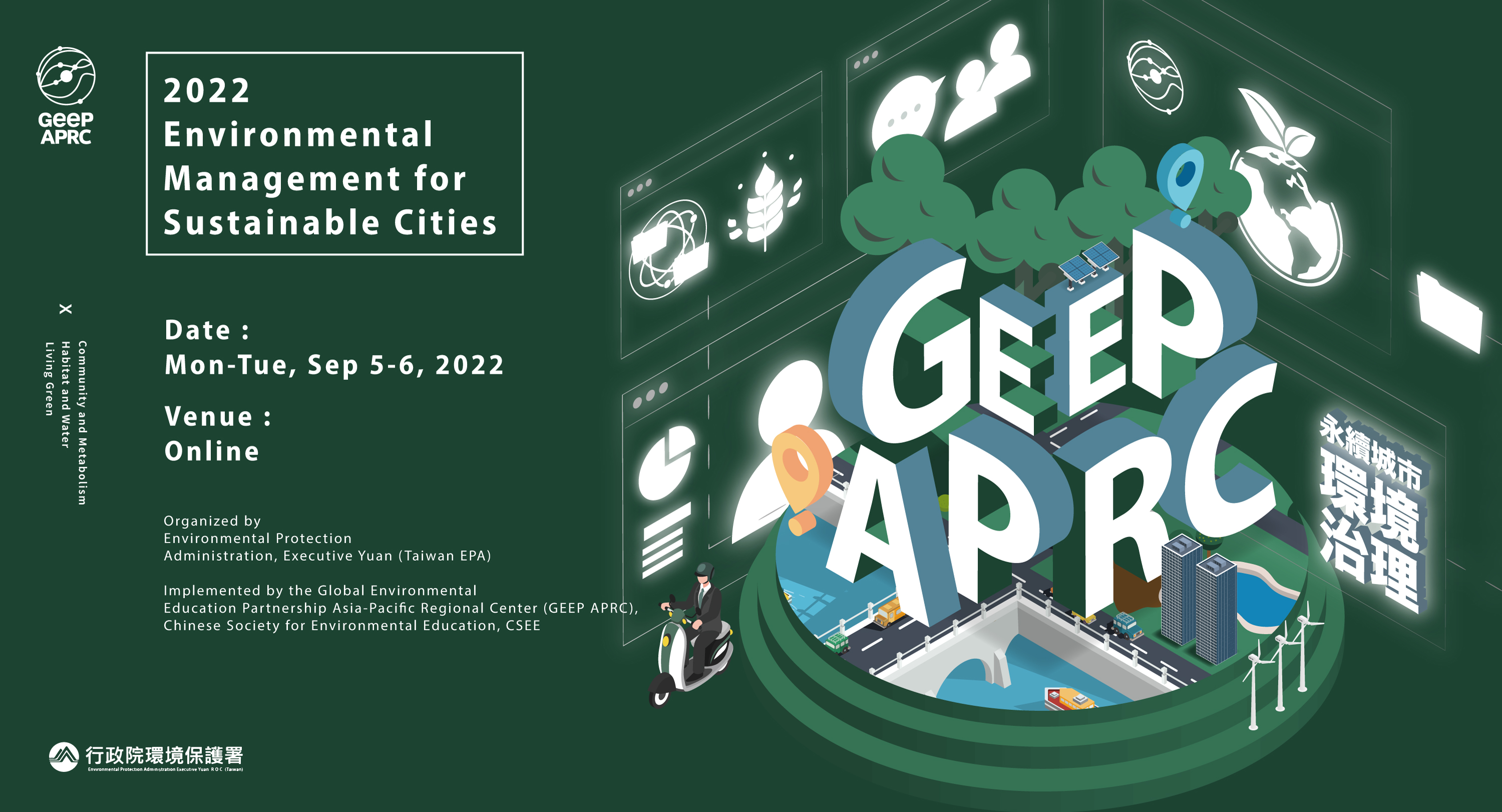
ARTCYCLING: Upcycle Art Activity In Classroom
ARTCYCLING
Developing will be successful if “green” knowledge and skills are available and the required attitudes and patterns of behavior are embedded in the population. Green education promotes a shift in values in relation to environmental sustainability and supports individuals and organizations in identifying, experimenting with, and teaching environmentally sustainable models of behavior. Green Education plays a special role in the achievement of the objectives of the Sustainable Development Goals and supports the interaction between ecological, social, and economic factors. (SNRD Asia and the Pacific, 2017).
As part of the Bachelor of Education Program in Art Education, Chulalongkorn University, Thailand. Students have an opportunity to learn visual arts, design, crafts, and teaching theory, which improves their knowledge, artistic talent, and ability to apply technology to teach art classes.
Upcycling or also known as creative reuse is the process of transforming by-products, waste materials, useless, or unwanted products into new materials or products perceived to be of greater quality, such as artistic value or environmental value. (Green Earth Innovation, 2022)
Therefore, “ARTCYCLING” means using waste materials to create useful artwork. which we adapted to design an “Upcycle Art Activity” to use in the classroom.
Upcycle Art Activity in the Classroom
The art activities that we designed are various art crafts projects for students to choose from according to their needs, which can be classified by their utility, including 1) Toys 2) Functional crafts 3) Decorative crafts. The waste materials used in the activities consisted of 1) fibers such as fabric scraps and old t-shirts 2) plastics such as water bottles and disposable cups 3) papers such as magazines and paper boxes.
The activities are based on the Experiential Learning Cycles theory (David A. Kolb, 1984) that describes learning through experience from doing activities, thus creating new learning from collaborating, student-to-student interaction, and teacher-to-student interaction that facilitates knowledge sharing, analysis, and synthesis. The four-stage process included
1. Concrete Experience is the stage where students gain experience by doing activities that are set by the teacher (Do, Act) by using all forms of communication such as speaking, writing, drawing, video clips, and demonstrations.
2. Reflective Observation and Discussion, or in short, Reflect, is the stage where students express their opinions and feelings through their work. By choosing the material and utility of their work and exchanging their views with group members, students will learn to acknowledge others’ different opinions, thus creating broader knowledge.
3. Abstract Conceptualization is the stage where students come together to summarize the information and opinions obtained from the discussion in the step before. Teachers may use questions to encourage students to reach conclusions as principles or concepts to give waste value in the form of mind mapping, models, posters, or worksheets.
4. Active Experimentation/Application is the stage where students must adapt the concepts, knowledge, or conclusions from the step before to design their own work and present their final work.
It is essential to organize the experiential activities with all four processes since they are related and dependent on each other.
“ARTCYCLING” activity design model
From collaborating with Dr. Soamshine Boonyananta, Asst. Prof. in Art Education at Chulalongkorn University. We can conclude that the design of artcycling activities in elementary classrooms has the following principles 1) fun to do; 2) can be completed within a short time and makes the students proud of their work; 3) the materials and equipment are bright, beautiful, and cute, so the work naturally looks good; 4) the students can practice their basic craft skills necessary for everyday life, such as cutting, patching, decorating, tying ropes, and stringing. And for the Bachelor of Art Education classroom, the principles include 1) Emphasis on practical application and adaptability to produce sales; 2) Ability to apply the skill in daily life; 3) Able to teach others to do so; 4) Advancing the students’ skills to create unique works of their own; 5) promoting the students to use genuine waste material around them to create beautiful work.
Art education at every level plays a vital role in creating role models for green citizens for the country. These students need to understand the associations and links between art, creativity, and the environment. Green education is all about creating knowledge, skills, attitudes, and values related to art that can be used to help conserve the environment and achieve sustainable development.Back to list

